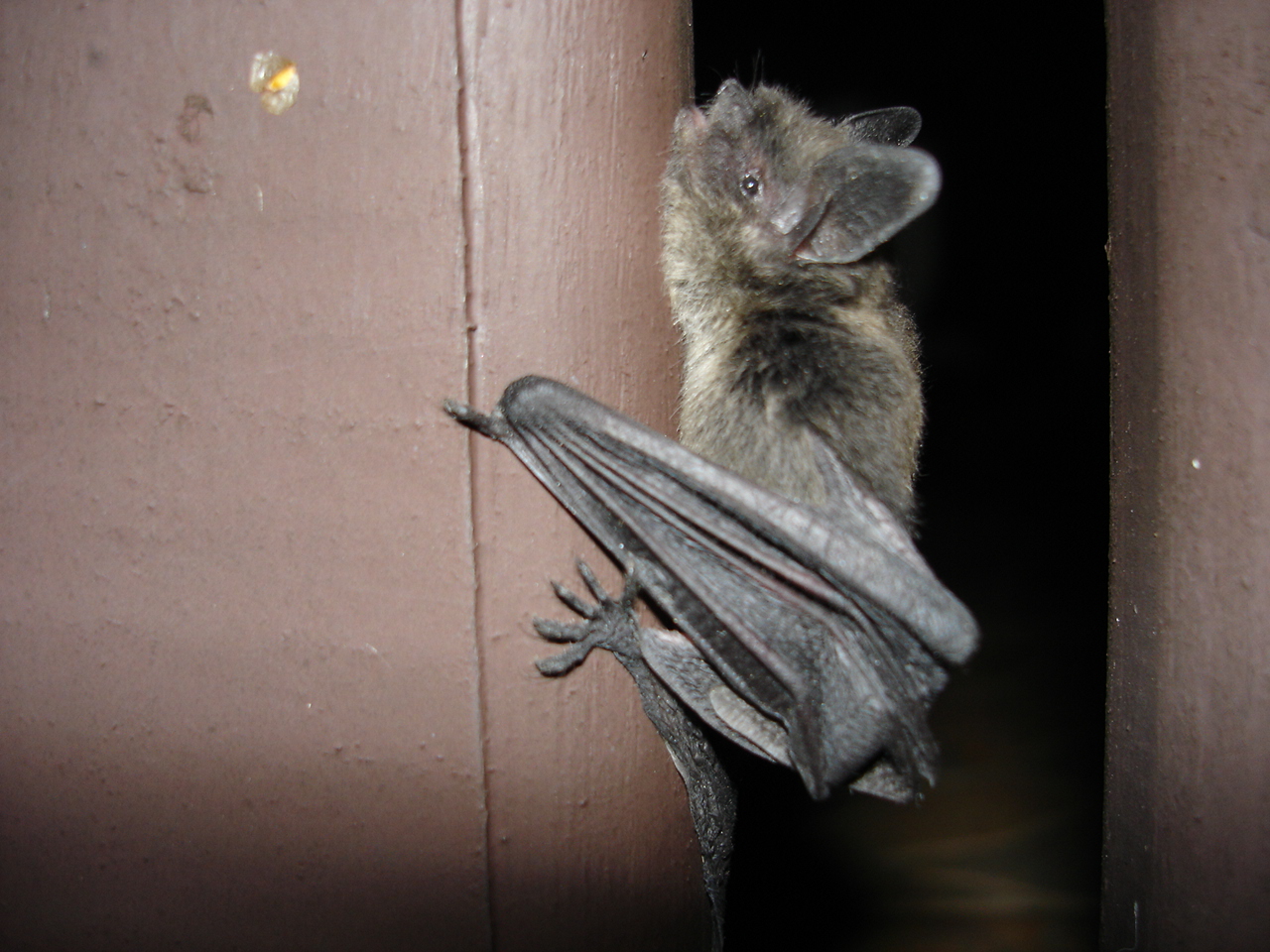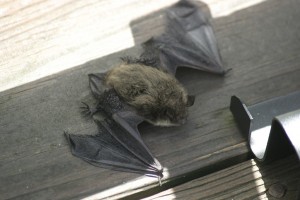 For most people, the sight of a bat invokes visions of Dracula, Halloween, vampires and other ‘spooky’ elements. Their glowing eyes and winged arms makes them a rather frightening pest to encounter, especially when they are living inside your home. Unfortunately, it’s not uncommon for homeowners to find bats hanging from rafters in the dark corners of their attic. Whether you have one bat living in your attic or dozen, there are a few things you should know about these pests.
For most people, the sight of a bat invokes visions of Dracula, Halloween, vampires and other ‘spooky’ elements. Their glowing eyes and winged arms makes them a rather frightening pest to encounter, especially when they are living inside your home. Unfortunately, it’s not uncommon for homeowners to find bats hanging from rafters in the dark corners of their attic. Whether you have one bat living in your attic or dozen, there are a few things you should know about these pests.
Do Bats Pose a Danger To My Family?
Some people assume that bats are nothing more than a mere nuisance. After all, how much damage can these creatures cause when they’re stuck in the attic? The good news is that bats typically don’t attack humans (although you should still check your neck for fang marks in the mornings).
The biggest threat they pose is the possibility for contracting rabies. Bats, like most mammals, may contract and spread the rabies virus. Although the infection rate among bats is low (less than 1%), it’s still something that you don’t want to risk, as rabies can be deadly if not treated promptly. Under no circumstances should you attempt to touch or handle a bat — even if you are wearing gloves. Leave this to a professional.
On the bright side, bats will consume a variety of nocturnal insects. If there are centipedes, scorpions or other unwanted insects roaming throughout your attic, chances are a bat will make quick work of them.
Roosting Bats
Homeowners should use extra caution around bats roosting in their attic. When a female bat is roosting, she will naturally be more aggressive and protective of her environment. Walking into an attic with one or more roosting bats isn’t recommended for this reason.
 Removing Bats
Removing Bats
If you’re struggling to cope with a bat infestation in your attic, you should contact a professional animal control expert in your area. They’ll be able to safely relocate the bats back into the wild where they can continue to go about their normal lives. Due to the potential for rabies transmission, you should leave the bat handling up to the professionals.
Of course, the next step is to block off entry points so other bats won’t be able to enter your attic. Removing them is only a temporary solution, as you must prevent them from coming back. Check your attic for open vents, holes and gaps that a small bat could squeeze through.